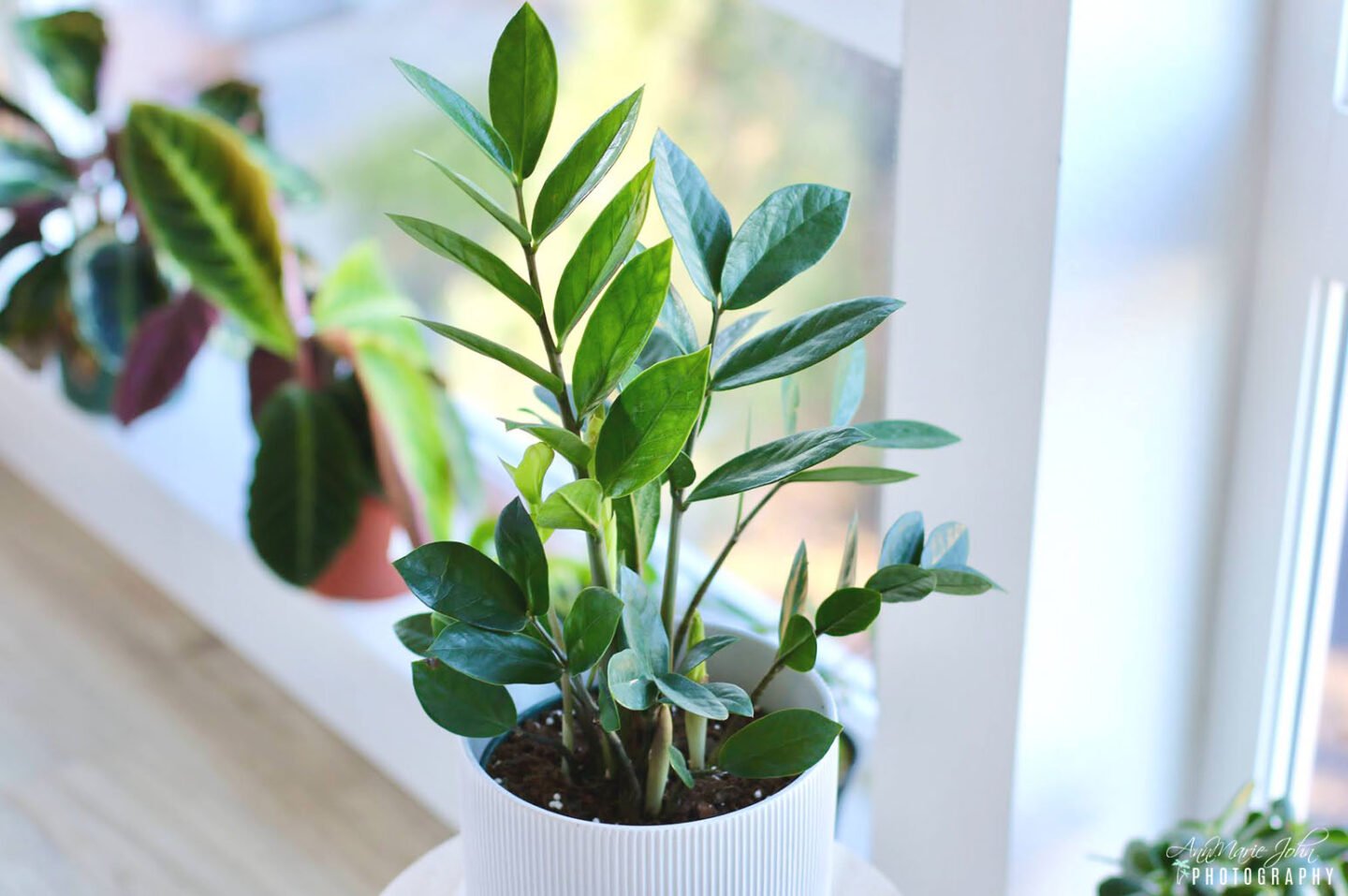If you’re looking for a way to add some life to your home or office, consider growing indoor plants. It can be a fun and rewarding experience, but it’s important to remember that not all plants are suited for indoor growth. In this blog post, we will discuss some of the most common mistakes people make when growing indoor plants, as well as some tips for keeping them healthy and thriving!

Consider Getting An Indoor Grow Tent
If you’re serious about growing indoor plants, then you should definitely consider getting an indoor grow tent. These tents provide a controlled environment for your plants and can help them grow and blossom more. They are also relatively inexpensive and can be found at most home improvement stores. Some of the benefits of using an indoor grow tent include improved growth and yield, as well as protection from pests and diseases. Do your research and find the right grow tent for your needs!
Choose The Right Plants
Not all plants are suited for indoor growth, so it’s important to choose the right plants for your space. If you’re not sure which plants are best suited for indoor growth, ask a professional at your local nursery or garden center. They will be able to help you choose plants that will thrive in your indoor space. Some of the best plants for indoor growth include:
- Snake Plant
- Spider Plant
- Peace Lily
- Pothos
- Philodendron
They are great because they are very easy to care for and they don’t require a lot of light. They also help to purify the air. If you want to take care of them, make sure to put them in a spot where they will get indirect sunlight.
Water Them Properly
One of the most important things you can do to ensure your indoor plants are healthy is to water them properly. Over-watering and under-watering can both lead to problems, so it’s important to find a happy medium. Once a week, stick your finger in the soil to see how moist it is. If it feels dry, it’s time to water. If it feels soggy, however, you may be watering too much.
In addition to watering, you also need to make sure your plants are getting the right amount of humidity. Some plants like lots of moisture in the air, while others do prefer drier conditions. Again, it’s important to research your specific plant species to find out what they need. You can raise the humidity around your plants by misting them with water or placing a bowl of water nearby. A humidifier can also help, especially in the winter when indoor heating can make the air quite dry.
Make Sure They Get Enough Light And The Right Light
When it comes to growing indoor plants, one of the most important things to consider is making sure they get enough light. Depending on the type of plant you’re growing, it might need direct sunlight or more subdued light. Be sure to do your research so that your plants are getting the right kind of light exposure.
Most plants like to be in a bright spot, but not all can tolerate direct sunlight. If you have a plant that needs indirect light, try placing it near a window where it will still get plenty of light without being hit by the harsh rays of the sun. South-facing windows tend to provide the most light, while north-facing windows will offer more subdued lighting.
Another thing to consider when it comes to lighting is the temperature of your home. If it tends to be on the cooler side, you might need to provide a bit more light than usual so that your plants can stay warm. Conversely, if your home is on the hotter side, you might need to provide less light so that your plants don’t get too much heat.
Make Sure You Have Good Ventilation
Indoor plants need fresh air just like we do! Make sure you have good ventilation in your home, especially if you plan on having a lot of plants. Keep windows open when the weather permits and use fans to circulate the air. Plants also release water vapor into the air, which can cause problems with mold and mildew, so good ventilation is key to keeping your home healthy and your plants happy.
Get The Right Soil And Fertilizer
Another important tip for growing indoor plants is to make sure you have the right kind of soil. Indoor plants need light, well-draining soil that won’t hold onto water too much. A good potting mix or cactus mix will do the trick. Be sure to avoid using garden soil, as it’s too heavy and will compact in the pot, suffocating your plant.
Finally, don’t forget to fertilize your plants! Indoor plants need a little boost to get going, so use a weak liquid fertilizer every couple of weeks during the growing season. Be careful not to over-fertilize, as this can burn your plants. With a little care and attention, you can have a thriving indoor garden!
Use Systemic Insecticide
If you’re looking for an easy way to get rid of pests on your indoor plants, try using a systemic insecticide. This type of product is applied to the soil around the plant and then taken up by the roots into the plant itself. That means that when pests feed on the leaves or stems, they’ll also be ingesting the insecticide and will eventually die. Systemic insecticides are available in both granular and liquid forms, so you can choose the one that’s best for your needs. Be sure to follow the instructions on the label carefully, as over-applying these products can harm your plants.
Another option for dealing with pests is to introduce beneficial insects into your home. Ladybugs, for example, feed on aphids and other small pests. You can purchase these insects online or at your local garden center. Be sure to release them near the infested plant so they can get to work right away. beneficial insects
It’s a good idea to inspect them carefully for pests before you bring any new plants into your home. Look for small insects, eggs, or webbing on the leaves and stems. If you see anything suspicious, it’s best to err on the side of caution and leave that plant at the store.
Once you’ve brought your new plants home, quarantine them in a separate room for a few weeks so you can keep an eye on them and make sure they’re not infesting the rest of your plants. These simple steps will help you keep your indoor plants healthy and pest-free.

In Conclusion
With a little care and attention, you can have a thriving indoor garden! Just be sure to provide plenty of light and fresh air, use the right kind of soil and fertilizer, and watch out for pests. With these tips, you’ll be on your way to success. Happy gardening!
